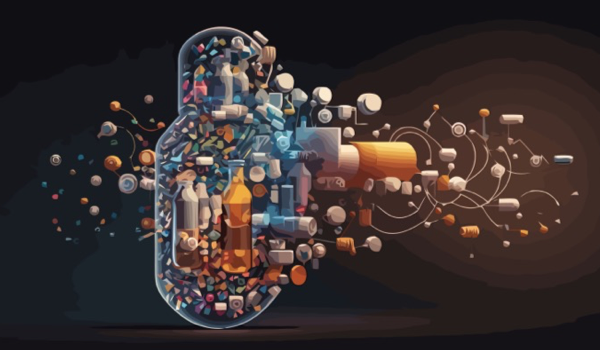


TOKYO - Japanese anime and manga have long enjoyed a boom in popularity among many people outside Japan. Robots and other advanced tech powered by artificial intelligence (AI) feature in many of these cartoons, with three in particular that stand out.
The first is Astro Boy, created by Osamu Tezuka in 1952 and animated in 1963. Astro was created by Dr Tenma - or Dr Boynton in the English version - to resemble his dead son, who was raised by Prof Ochanomizu - or Prof Elufun in the English version. The energy source used to power Astro Boy was nuclear power - later nuclear fusion - and Astro Boy was portrayed as having emotions the same as those of a human being. According to people in the Japanese robotics industry, many who read the manga and watched the anime version of Astro Boy cited its huge impact and influence in deciding to become robotic researchers.
On April 7, 2003, Astro Boy was registered as a citizen of the city of Niiza in central Saitama Prefecture, where his creator Tezuka Production is located.
The content herein is subject to copyright by The Yuan. All rights reserved. The content of the services is owned or licensed to The Yuan. Such content from The Yuan may be shared and reprinted but must clearly identify The Yuan as its original source. Content from a third-party copyright holder identified in the copyright notice contained in such third party’s content appearing in The Yuan must likewise be clearly labeled as such.
 Continue with Linkedin
Continue with Linkedin
 Continue with Google
Continue with Google










 724 views
724 views







